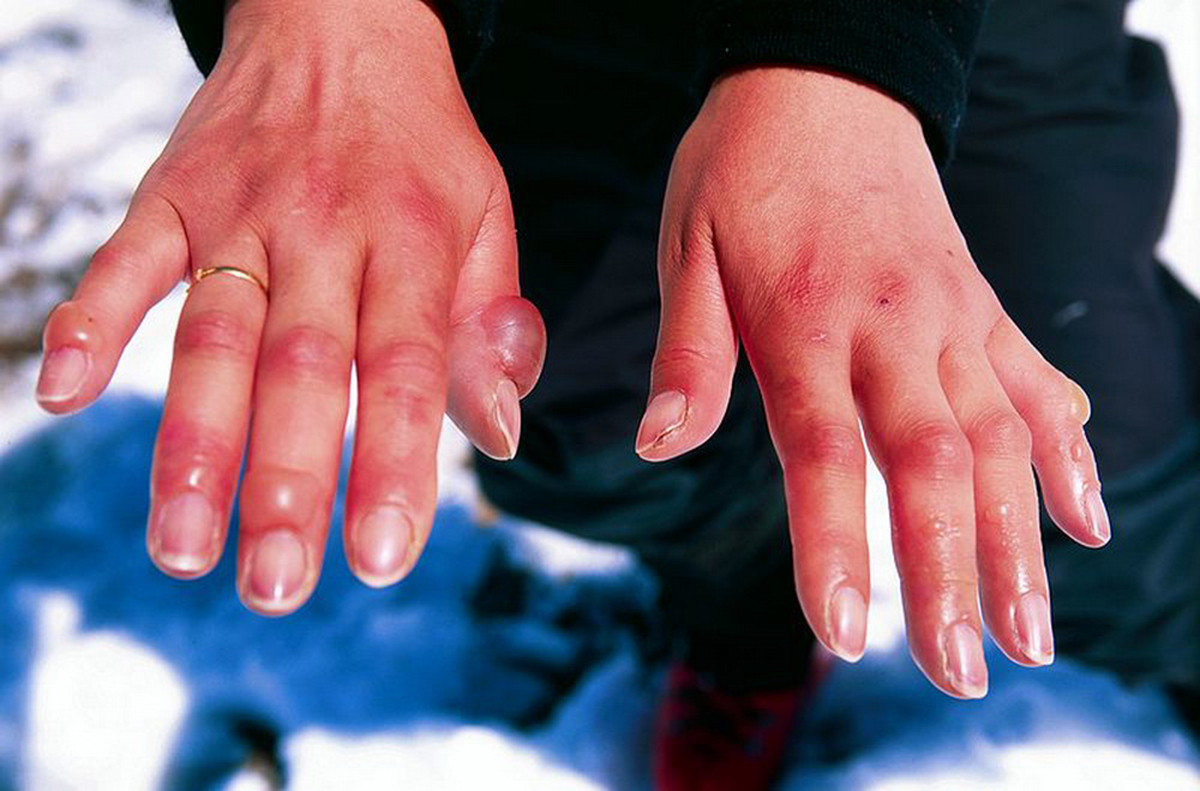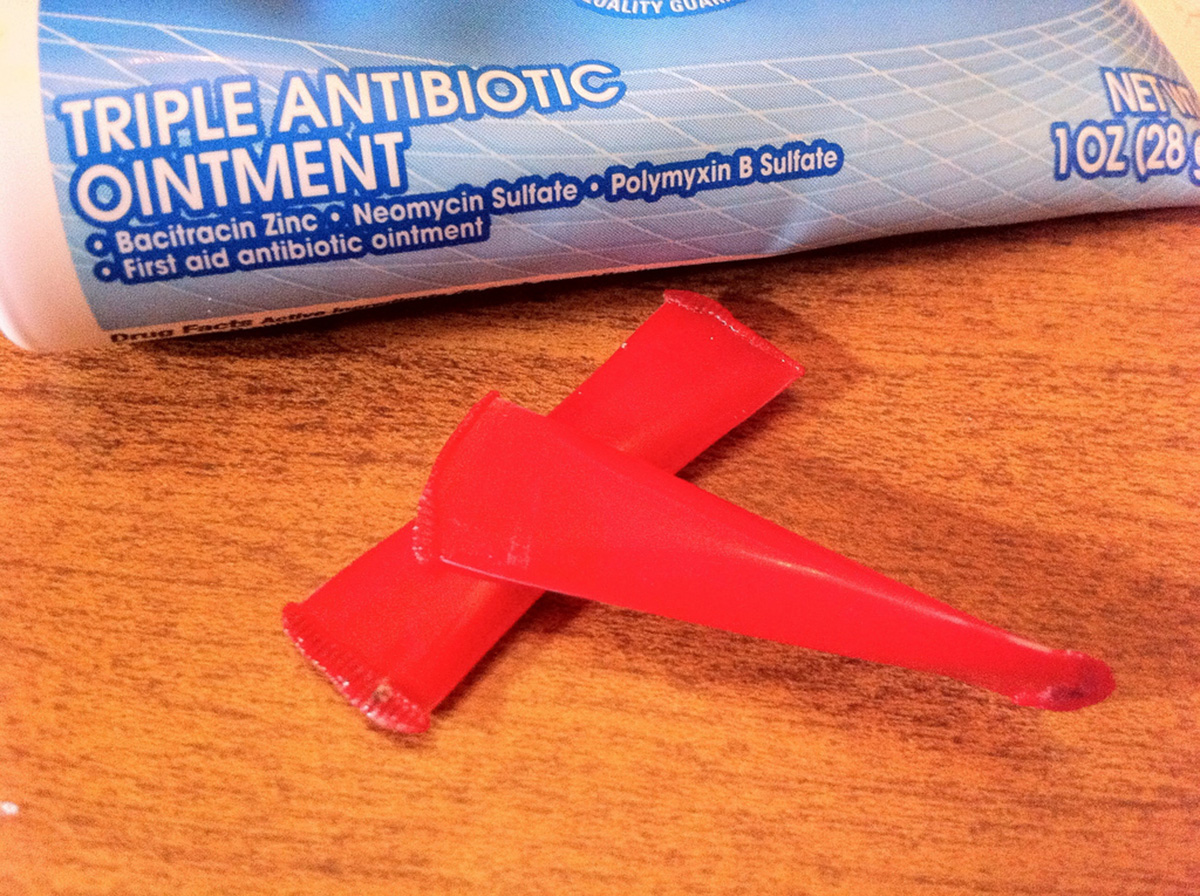Cold winters have a nasty tendency to increase the rate of burn injuries, as people the world over find themselves near open flames and fireworks. But there are many kinds of burns and varying degrees of severity. When can a burn be handled at home, and when do you absolutely need to abandon self-help efforts to seek medical attention?
What Is a Burn?
A burn is any level of skin or tissue injury that arises from an excess of heat, or from chemicals, electricity, or even radioactivity. Skin is the body's largest organ and it is your first line of defense against infection. Burns breach the barrier, increasing your risk of infection and decreasing your body's ability to remain hydrated and function normally. The risks increase with the severity of the burn, so burns are classified very carefully to help doctors and other medical professionals develop the best possible treatment plan.

First Degree Burns
First degree burns, or superficial burns, are burns that only affect the outermost layer of skin. These epidermal burns are characterized by redness, swelling, and tenderness. With first degree burns, the skin remains unblistered and heals fairly quickly. The most common type of first degree burn is sunburn, something most people experience at some point or another in their lives.
Second Degree Burns
Partial-thickness burns, also called second degree burns, affect the outer layer of the skin and penetrate some of the dermal layer that lies beneath the epidermis. These are extremely painful burns. The area of injury is bright red, the skin blisters, and scars may be left when the wound finally heals. These burns can heal well without excessive intervention, but can be very serious if they affect more than 20 percent of an adult's external body or more than 10 percent of a child's.
Third Degree Burns
Full-thickness burns require immediate medical attention. These burns injure all layers of the skin and can extend down through the underlying muscles. Blood vessels and fat tissue are destroyed when someone sustains a third degree burn. As serious as they are, third degree burns are painless because the nerves in the skin are obliterated. The remaining skin at and around the site of the burn is pale, gray, and blackened.
Dry burns are very common in and around the home. Open flames are the usual source, as well as coming into contact with something hot, such as a toaster or heated cooking pan. Cigarettes are regular offenders also.
Scalds, or wet burns, are common at home also. Reaching a hand over a pot of boiling water can result in a scald from the steam. A splash of hot coffee or spattering oil from a frying pan can give a wet burn.
Less common, but very deadly, are electrical burns. These usually occur in an industrial setting with exposure to low or high voltage current. There's also the rare lighting strike. In all cases, the electrical current burns its way into, through, and out of the body, leaving entrance and exit wounds as well as a path of internal injury.
Radiation burns happen frequently, thanks to the huge nuclear reaction in the sky that we call the sun. Fortunately, most are mild. Radiation burns can also occur with high exposure to x-rays or to radioactive material. Or a nuclear blast.
Read More: Older Adults And Burns
Both industrial and residential settings are hosts to chemical burns. These can be very insidious as chemicals can settle on the skin or be inhaled, causing damage to the lungs. Household items such as fertilizers and cleaners can be just as deadly as chemical warfare agents.
Finally, cold injuries are burns too. Frostbite causes the same type of damage as a heat burn. Contact with cold objects (sticking your tongue to a piece of frozen metal comes to mind) or with cold substances like liquid oxygen or nitrogen will result in burns.
Can I Treat This At Home Or Should I Seek Help?
First aid for these situations aims to stop further damage to the skin, minimize pain and swelling, and prevent infection. The burn area should be flooded with cold, clean water for ten minutes or until the pain stops. Swelling will occur as part of the inflammatory process, so anything that might constrict the area should be removed in advance. This would include clothing, belts, jewelry, wristwatches, and so forth. Blisters may form with even mild burns. They should be left untouched. Never break a blister. Opening a blister increases the risk of infection. If a blister breaks open on its own, cover it lightly with a large, sterile dressing that drapes beyond the edges of the blister. This should be left in place until the blister heals.

There are a variety of burn creams and gels available over the counter, but it's really best to avoid using them. Antibiotic ointments, such as bacitracin, are okay, but others may actually further damage the tissue. This can be caused by the ointment itself or by the act of applying it to the burned area. The damaged tissues are very delicate and can be torn easily. This is also why no adhesive bandages or dressings should be used on burns. The act of removing them can pull away the damaged skin.
Burns are serious injuries and anything worse than a minor burn really requires treatment by a medical professional.
Children have a greater risk of significant injury from burns due to the greater ratio of the skin surface area compared to adults.
For adults, medical care should be sought for all third-degree or full-thickness burns, for second-degree or partial-thickness burns that are larger than the area of the person's hand, and for first-degree or superficial burns that are five times larger or more than the person's hand. Professional care is also required for burns that wrap all the way around an arm or leg, for burns to the face, the hands or feet, the genitals, or the upper chest. When in doubt, seek help. It's better to be seen by a doctor than to risk greater injury by trying to treat a severe burn at home.
Read More: Child Safety: Burns And Scalds Care Advice
If you need to get help
Call 911 right away for any severe burn. The dispatcher will walk you through steps you can take to help while waiting for a team to arrive. They'll include things like cooling the injury or flooding away chemicals with cold water, covering thermal and electrical burns with clean plastic bags or plastic wrap, and monitoring the victim for signs of shock.
The best advice for burns is to avoid being burned in the first place. Take care around heat and electrical sources and chemicals. Monitor your exposure time when out in the sun or the cold. Wear protective clothing and eyewear when your risk is increased. Burns of all kinds can occur quickly and cause lasting damage, so remain on your guard.
- Burn. (2001). In Taber's Cyclopedic Medical Dictionary (pp.295-298, Edition 19). Philadelphia, PA: F. A. Davis Company.
- Photo courtesy of Winky by Wikimedia Commons : commons.wikimedia.org/wiki/File:Frostbitten_hands.jpg
- Photo courtesy of Jennie Kiger by Flickr : www.flickr.com/photos/tannaidhe/8367564611/


Your thoughts on this